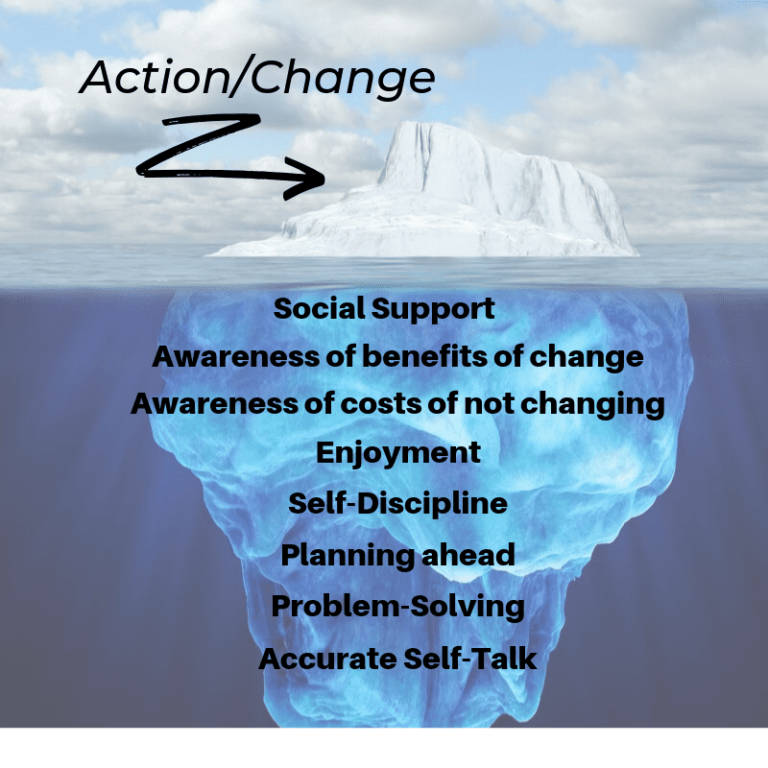Metabolic Syndrome: Five Risk Factors
As growing research points to metabolic syndrome as a risk for some chronic diseases and early death, experts are calling for a new medical subspecialty: cardiometabolic medicine. This would combine all the relevant areas of medicine into one practice that together make up metabolic syndrome.
Metabolic Syndrome is the term used for a group of physical signs that often lead to diabetes and heart diseases. Each component by itself is a risk factor for disease, but more and more people are developing any or all of them, increasing the risk for heart attack, stroke, and vascular (relating to the system of blood vessels) diseases.
If your doctor has told you to be concerned about metabolic syndrome risk factors, don’t ignore her. There are five metrics your physician is paying attention to (especially for those over 40). Each one individually is worthy of taking action, but when some or all are present, start taking steps today.
Blood pressure
Also known as hypertension, high blood pressure increases your risk for heart disease, stroke, aneurysm, kidney disease, vision loss, memory problems and dementia. There are no symptoms of hypertension, so regular annual physicals including blood pressure checks are necessary to identify it early. In particular, people with certain characteristics have higher chances for developing hypertension. Things like:
- being over 40 years old
- African American
- having a family history of high blood pressure
- being sedentary
- regular tobacco exposure
- eating too much salt
- excessive alcohol use
- ongoing significant stress
- certain chronic health conditions
As our blood circulates through our system, it puts a certain amount of pressure on the inside walls of arteries. The harder presses as it travels through, the more damage it does in the process.

If your blood pressure has the top number (systolic) between 120-139 and the bottom (diastolic) number is between 80-90, you are at risk for hypertension. If it goes above 140/90, you officially have high blood pressure.
Waist circumference

While obesity is a well-known risk factor for diabetes, heart disease and stroke, a certain group of people often fall through the cracks and require more attention: People who do not meet BMI criteria for obesity, but do happen to have a waist circumference of 35 inches or more are notably at risk for metabolic syndrome and other inflammation-related diseases.
The key here is to monitor weight and body mass index, but taking note of the location of body fat. Visceral fat is most closely related to inflammation and risk of disease or disease activity. Of course, this one is particularly important if you have an autoimmune disease like Sjogren’s. Reducing that chronic inflammation can help bring down symptoms and your risk of things like heart disease at the same time!
Fasting triglycerides
Triglycerides are one type of fat that circulates in the bloodstream, and is the type that stores energy for later use. This number usually rises for a few hours after eating, and when it returns to baseline (where it is before eating, or during fasting). The fasting level is a good indicator of how much of this fat is circulating in your system. Higher levels of this fat indicate greater risk for heart disease. If your fasting level is 200 mg/dl or more, you have high triglycerides and require intervention to bring it down. If it’s over 500, get right on this.
LDL and HDL cholesterol
Cholesterol is another type of fat in the blood, but it isn’t stored energy. These fats are building blocks that the body needs. If there’s more than the body needs floating around, however, it will just dump it in the arteries, building up fatty plaques.
There are different types of cholesterol, however. The low-density lipoprotein (LDL) type is the softer, stickier type. High levels of LDL are more likely to stick in the arteries and cause blockages. The high-density lipoproteins (HDL) are, as they sound, higher density. This type grabs up the sticky stuff and takes it to your liver. IN short, more LDL is bad, but more HDL is good. An LDL level of 70 or less is good. If you already have any form of heart disease, strive to get it as low as possible. An HDL level of 60 or higher is good. If the number of the two combined reaches 200, it’s time to start taking action to get it down. Above 240, you need to get on it. Now.
Blood glucose
The sugar (glucose) in our blood is what fuels our tissues. How much glucose that’s circulating needs to be just the right amount for us to function well. Too much in our system is like a slow poison – it harms the pancreas as well as our blood vessels. Damaged blood vessels in turn bring on a multitude of disorders including kidney disease, blindness, nerve damage, heart disease, stroke, and dementia.
Normal blood sugar is typically between 60-90 when you haven’t eaten recently, and goes up after eating. If your fasting levels are 126 or higher, you may be diagnosed with Diabetes and are likely overweight.
You don’t have to be diagnosed with diabetes to be concerned, though.
Prediabetes and Metabolic Syndrome
The term “Prediabetes” is often associated with metabolic syndrome, and refers to people with blood sugar that’s above normal, but not meeting criteria for diabetes. If fasting blood glucose falls between 100-125, you are in the prediabetic range.
How to Reverse Metabolic Syndrome
As noted earlier, age, family history, and race are all things we can’t do anything about. We can, however, make changes in our diet, level of physical activity, nicotine use, and how we manage a multitude of daily and ongoing stressors.
Getting started is hard, but setting the right goals and getting support can go far to reduce your metabolic syndrome risk factors. Once you have your goals, you need a way to keep track of your progress. Sign up here to grab your downloadable worksheets just for that!

As an Amazon Associate I earn from qualifying purchases.








3 Comments